In many countries both the availability and quality of water are in decline as populations – and associated demand from agriculture, energy generation, industry and households – grow. The Water Resources Group (WRG), of which SABMiller is a member, estimates that the shortfall between freshwater supply and global demand could reach 40% by 2030, an average that conceals even more acute shortfalls in certain water-stressed countries.
As an international brewer with operations in over 70 countries across six continents, we understand we need to play our part to ensure a reliable, clean supply of water that is managed and used as efficiently as possible. On one level, SABMiller experiences water scarcity in terms of rising costs and the volatility of prices of our raw materials. On the other hand, the threat is more fundamental than this. Without sufficient supplies of good quality water, our business could not exist.
We know we cannot tackle the risk of increasing water scarcity on our own. This is a risk we share with all those who feel the impact when water supply and quality falls short. These interdependencies demand a collaborative response. As a result, partnership is central to our strategy for securing shared water resources for our business, local communities, and ecosystems.
Partnering enables SABMiller to tap the complementary strengths of others—expertise, relationships, financial resources—and more fundamentally to change the way shared water resources are managed and governed.
We have been partnering to improve water resource management and governance in many ways, for many years. We have joined forces with other companies, governments, donors, and civil society organisations, often in multi-stakeholder alliances. We have aimed to increase water use efficiency, improve water management and governance, and address the root causes of water risk. We have worked at the supply chain, watershed, and sometimes even national levels. Today, we have 14 water partnerships in 8 countries.
We have documented a number of water partnerships that we feel have potential to become models for tackling similar challenges in other parts of the world. These partnership models, along with case study examples, are summarised below:
| Model Purpose |
Case Study Example |
|
| Increasing agricultural water use efficiency in the supply chain |
Idaho, United States |
|
| Managing groundwater resources |
Neemrana, India |
Haryana, India |
| Addressing the root causes of water scarcity at watershed level |
Cauca Valley, Colombia |
|
| Tackling water scarcity at the national level |
South Africa |
|
Increasing agricultural water use efficiency in the supply chain Idaho, United States Managing groundwater resources Neemrana and Haryana, India Addressing the root causes of water scarcity at watershed level Cauca Valley, Colombia Tackling water scarcity at the national level South Africa
Our partnership models vary widely, and yet they reflect some common lessons about how to partner well, which are summarised below:
- Engage and mobilise prospective partners through inclusive, evidence-based dialogue.
- Take the time up-front to understand the motivations of all key stakeholders.
- Identify partners with the right blend of complementary strengths and experiences.
- Expect bringing partners together around a common agenda to take a long time.
- Make sure that government and local communities can participate effectively.
- Partner objectives must align, but need not overlap 100%; communicate openly about the extent of alignment and what it is, realistically, possible to do together.
- Focus on the linkages between water, food and energy use to develop holistic and sustainable solutions.
- Reducing shared water risk can be a medium- to long-term endeavour, so actively manage internal and external expectations about the pace of progress.
- Break initiatives down into highly measurable components and use clear results measurement frameworks.
- Use results data to demonstrate progress internally and externally, keeping existing stakeholders engaged and attracting new ones.
These partnerships are generating important benefits. For our company, they help mitigate long-term water and agricultural supply, quality, regulatory, and price risks and provide opportunities to build our reputation and relationships with important stakeholders. Most importantly, for society, they offer greater potential for sustainability and scale of impact than unilateral approaches.










